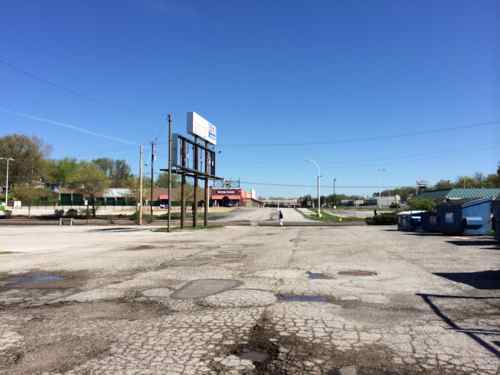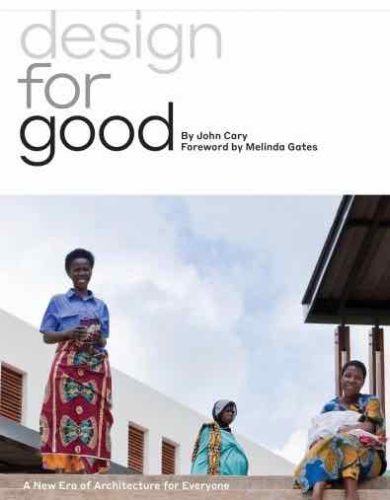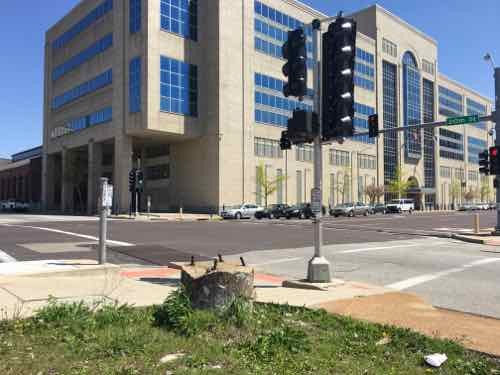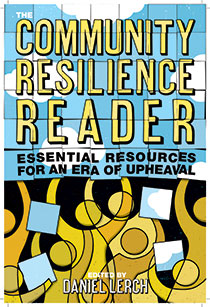Opinion: Generations of Shortsighted Decisions Continues To Dog St. Louis Region. Will Likely Continue

Many of our current problems in the St. Louis region can be traced back to decisions made long before any of us were born. The Post-Dispatch’s example of two women who own the same type of 2014 Cadillac the personal property tax on one was $895. the other $436. Why? Where each happens to live in St. Louis County. You might think the higher bill is in a fancier area than the lower bill — but the opposite is the case!
The total amount of real estate taxes assessed in St. Louis County has increased 18 percent since 2010, to $1.75 billion. By comparison, during that time the total amount of personal property taxes grew by 21 percent, to $280 million.
The personal property tax has steadily become a major revenue generator for municipalities and fire districts. Municipalities have increased their personal property tax revenue by 27 percent since 2010, to $9.1 million. And fire districts across St. Louis County have increased the amount they collect from personal property by 30 percent, to $31.8 million.
Johnson’s tax bill is more than double O’Neal’s in part because the school and fire districts and municipality where Johnson lives are strapped for cash. She sees a Caddy parked in her driveway; her leaders see a way to pay for teachers, cops and firefighters.
Even O’Neal doesn’t think that’s fair. She knows that sales taxes from the West County Mall help subsidize services for her area. (Post-Dispatch)
You’re probably asking what old decision is responsible for this current situation, right? The answer is the 1876 divorce of the City of St. Louis from St. Louis County.
On August 22, 1876, in what was undoubtedly the stupidest move ever in the history of St. Louis, St. Louis City and St. Louis County decided to separate. Like the American Revolution, the great event was prompted by taxes — the 310,000 city residents didn’t feel like wasting money on the 27,000 county residents and reasoned that the city wouldn’t expand much further west than Grand Boulevard. (The boundary was eventually set at Skinker Boulevard so the city could claim Forest Park.)
Ah, short-sightedness! Thy name is St. Louis voters! Within 25 years, the city found itself pushing against its western border at Skinker and began to regret the decision to divorce itself from the county. (Riverfront Times)
As the land-locked City of St. Louis struggled as population and tax base fled to St. Louis County many County residents/leaders smugly thought something like “That’s the City for you!’ Now St. Louis County is going through the very same thing the city did in the last century — middle class fleeing certain areas with jobs, retail, etc following behind. In their place are lowered hime values, more crime, and an increased in concentrated poverty.
Had St. Louis not selfishly left St. Louis County it would have been able to annex smaller towns/villages as it grew. The city limits today would likely be out to at least the I-270 loop — North, West, and South. There would be a few municipalities that resisted annexation, but they’d be completely surrounded by the City of St. Louis. The majority of the region’s residents would live in the City of St. Louis. They’d all be covered by the city’s fire department and live within a few school districts. We wouldn’t have the disparity of taxes we do now.
Of course, this isn’t to say we’d be problem-free. We wouldn’t be. And thinking about this hypothetical scenario doesn’t change current reality. We’re one of the most fragmented regions in the country — a very high number of units of government — all with taxing ability. Today many are as shortsighted as those in 1876 — their little corner of St. Louis County (or elsewhere in the region) is comfortable so this isn’t their problem. This is the “do nothing” approach to problem solving.
OK, let’s examine that option. Residents of North St. Louis County who cam afford housing elsewhere vote with their feet and leave — as many have been doing for years. Housing values drop so more poor move to North County, but in fewer numbers than those who left. Small municipalities continue to struggle — some raise taxes, others disincorporate themselves. Employers leave. Crime worsens. Income and other inequalities in the region get worse.
As I see it, the only answer is to reduce the units of government in the region. Sadly, many just accept the status quo as a given. From the recent non-scientific Sunday Poll:
Q: Agree or disagree: Lower-income areas of St. Louis County require more services (police. EMS. etc) so it makes sense those residents pay more pers. property tax
- Strongly agree 5 [18.52%]
- Agree 4 [14.81%]
- Somewhat agree 1 [3.7%]
- Neither agree or disagree 2 [7.41%]
- Somewhat disagree 3 [11.11%]
- Disagree 5 [18.52%]
- Strongly disagree 7 [25.93%]
- Unsure/No Answer 0 [0%]
As is often the case, the selfish shortsighted mentality will likely prevail. Please prove me wrong.
— Steve Patterson



 Communities must remain resilient to weather change, a recent book explores this issue:
Communities must remain resilient to weather change, a recent book explores this issue: